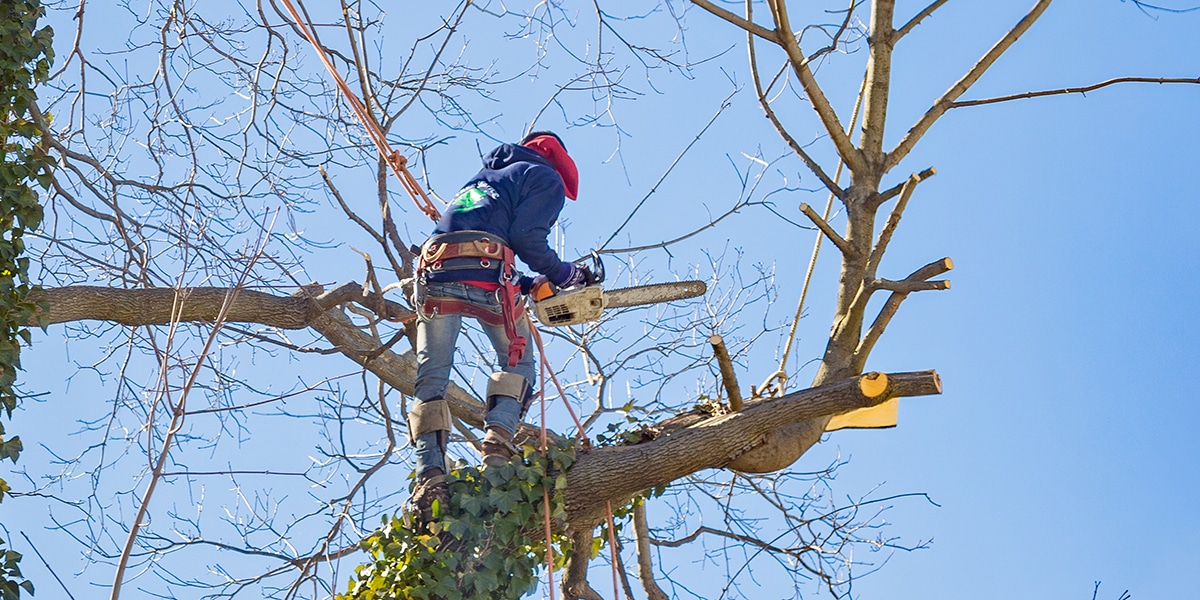Magiker är mästare i att
som förvillar och fascinerar. Genom att använda sig av en mängd olika tekniker manipulerar de publikens perception och skapar upplevelsen av att det omöjliga har blivit verkligt. Men vad krävs egentligen för att vara en skicklig magiker, och hur går de tillväga för att förvandla verklighet till illusion?
Verktygen i en magikers arsenal
För att lyckas skapa övertygande illusioner använder sig magiker av flera olika verktyg och tekniker:
Misdirection
Misdirection, eller vilseledning, är en av de mest grundläggande och kraftfulla teknikerna inom magi. Genom att styra publikens uppmärksamhet mot en viss plats eller handling kan magikern dölja vad som egentligen händer på ett annat ställe. Detta är en av nyckelkomponenterna i många klassiska trolleritrick, och det är en teknik som kräver lång övning och precision för att bemästra.
Slagfärdighet
Slagfärdighet, eller fingerfärdighet, är en annan central del av många magitrick. Det handlar om att kunna utföra snabba och exakta rörelser som publiken inte hinner uppfatta. Detta kan inkludera allt från att manipulera kortlekar till att gömma eller byta ut föremål i full åsyn av publiken, utan att de märker något.
Teknologiska hjälpmedel
I dagens moderna magi kan teknologiska hjälpmedel spela en viktig roll i att skapa illusioner som tidigare inte var möjliga. Detta kan inkludera allt från dolda kameror och projektorer till avancerade mekaniska apparater som används för att skapa storslagna effekter på scenen. I vissa fall kan dessa hjälpmedel vara så väl integrerade att publiken aldrig inser att de är en del av tricket.
Spegelteknik och specialeffekter
Speglar har länge varit ett av magikerns bästa verktyg för att skapa illusioner av osynlighet eller försvinnande. Genom att använda speglar på ett noggrant utstuderat sätt kan magikern lura ögat att se något som inte finns där. Tillsammans med specialeffekter, som rök, ljus och ljud, förstärks illusionen ytterligare.
Skapandet av ett magiskt nummer
Att skapa ett magiskt nummer är en komplex process som ofta börjar med en idé eller ett koncept. Magikern måste sedan experimentera och finslipa teknikerna för att få tricket att fungera på ett övertygande sätt. Detta inkluderar att förutse vad publiken kommer att uppmärksamma och planera hur illusionen ska presenteras för att maximera dess effekt.
- Kreativ process: Den kreativa processen bakom ett magiskt nummer kan vara både lång och krävande. Magikern måste inte bara skapa själva tricket, utan också utveckla en berättelse eller ett tema som gör tricket mer engagerande för publiken. Detta kan innebära att skriva manus, koreografera rörelser och till och med designa specialbyggda rekvisita.
- Testning och justering: Innan ett nytt nummer kan framföras för en publik, måste det testas noggrant. Magikern kan behöva justera detaljer i utförandet eller tekniken för att säkerställa att tricket fungerar smidigt och att illusionen är övertygande. Detta kan innebära många timmar av repetition och finjustering för att uppnå perfektion.
Publikens roll i magin
En annan viktig aspekt av magi är publikens roll. Utan en publik skulle illusionerna inte ha samma effekt, och en skicklig magiker vet hur man engagerar och manipulerar åskådarna för att förstärka illusionen.
- Interaktion och reaktioner: Magiker arbetar ofta nära publiken och använder deras reaktioner som en del av showen. En skicklig magiker kan läsa av publiken och anpassa sitt framträdande för att maximera deras förvåning och förtjusning. Detta kan innebära att improvisera eller anpassa ett trick beroende på hur publiken reagerar i stunden.
- Förväntningar och överraskning: En stor del av magins kraft ligger i att bryta publikens förväntningar. När magikern lyckas överraska åskådarna genom att göra något oväntat, skapas en känsla av förundran och förvirring som är kärnan i magins dragningskraft. Genom att förstå vad publiken förväntar sig, kan magikern skapa ännu mer effektfulla illusioner.
Den dolda sidan av magi
Trots att magiker tillbringar mycket tid på scenen, är en stor del av deras arbete dolt för publiken. Detta inkluderar allt från tekniska förberedelser till den intensiva träning som krävs för att finslipa deras färdigheter. Många magiker spenderar även tid på att utveckla nya trick och tekniker i samarbete med andra magiker, vilket skapar en dynamisk och ständigt utvecklande konstform.

